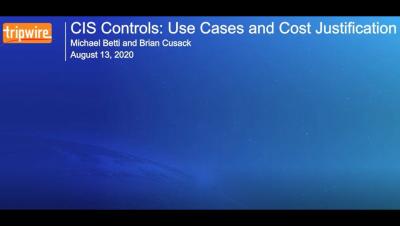Dashboards: An Effective Cybersecurity Tool
Data is only as good as what you are able to do with it. Not only does the cybersecurity universe collect data, but individual enterprises also collect cybersecurity data from within their organization as well as from external sources in order to add to more context and relevance. All data needs to be analyzed in order to create actionable insights.



